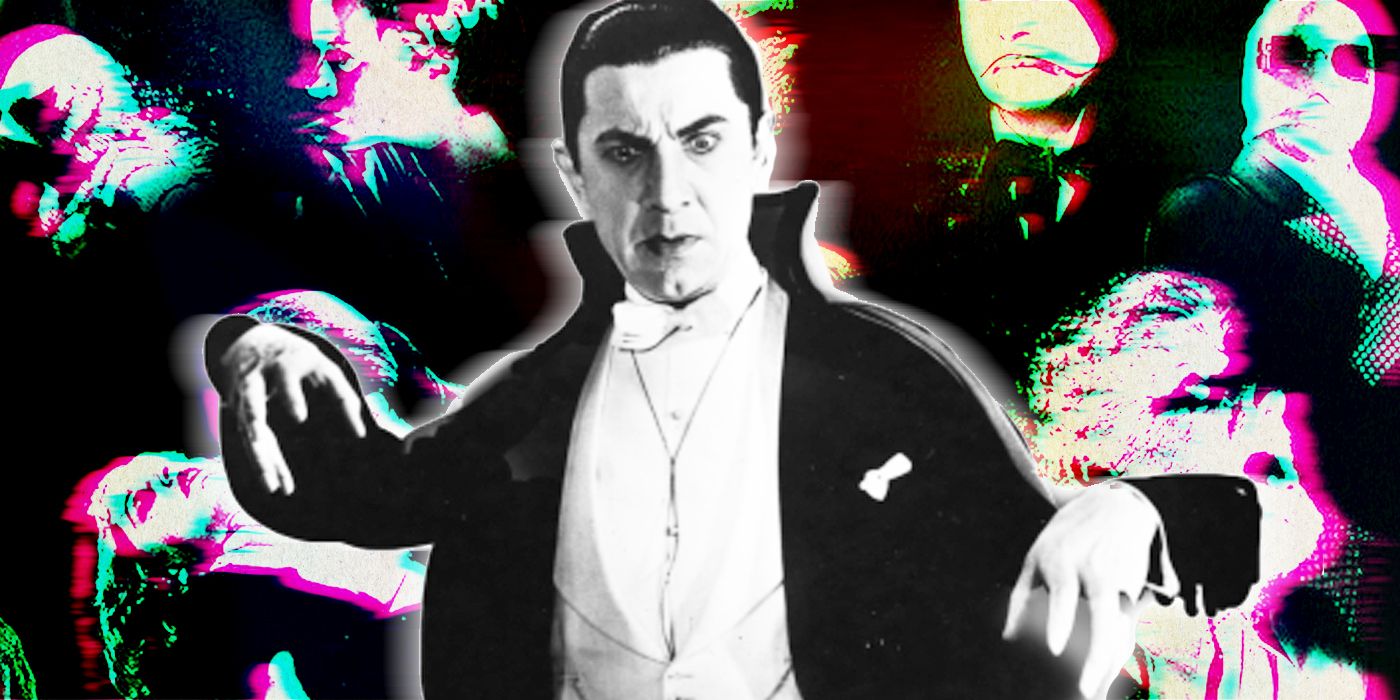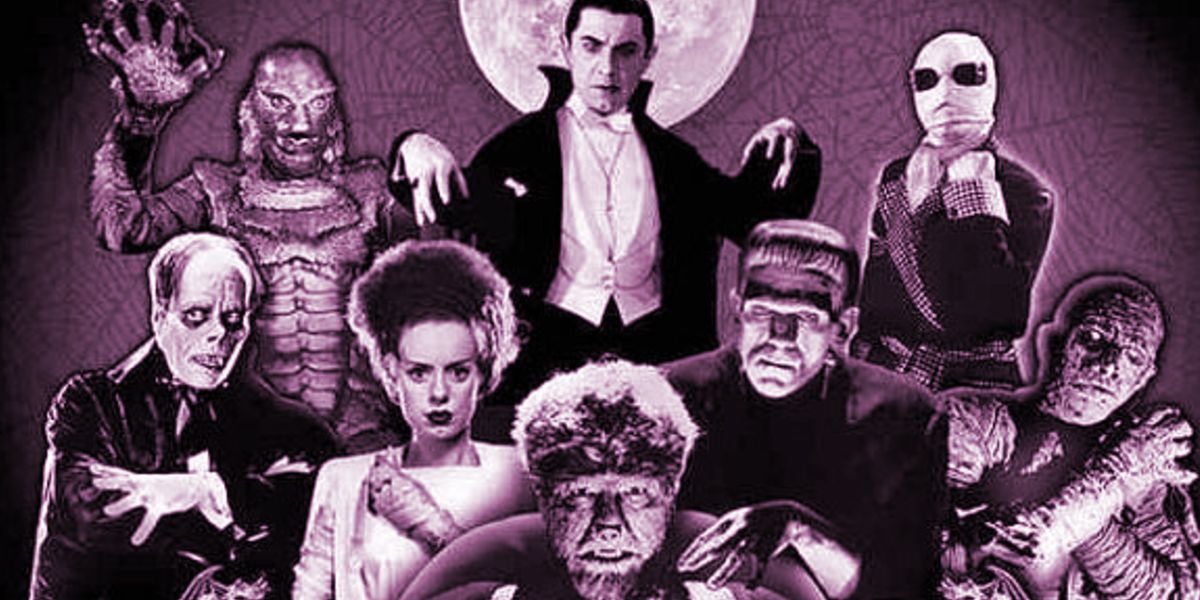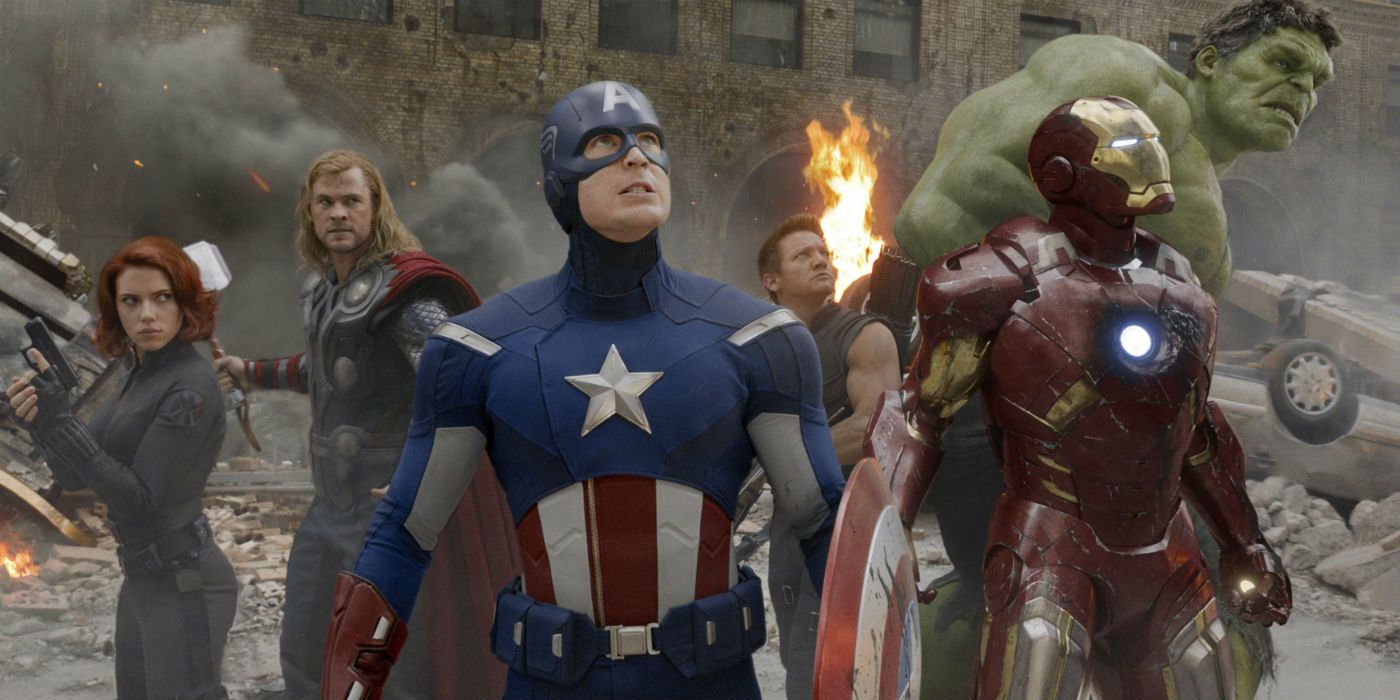In the past decade, nearly every major studio has been trying to create its own connected franchise of films to compete with the MCU. While some have worked, most haven't. This goes doubly for the failed Dark Universe from Universal. While its attempt to create a world of Universal Monsters faltered after one film, the studio has found new footing with The Invisible Man.
Today's moviegoers are used to seeing characters from various film franchises meet each other. However, in the 1930s, no one would have expected the likes of Dracula and Frankenstein's Monster to ever meet in their films. Many love to make fun of the Dark Universe's failed efforts, but the classic monsters actually perfected connected franchises almost 100 years ago. Even after all this time, The Universal Classic Monster's legacy has remained intact and presented many franchise tropes that are still used today.
A perfect example can be found in a character inspired by Frankenstein's Monster and Dr. Jekyll and Mr. Hyde, The Incredible Hulk. In the MCU, his story begins with his first film and continues throughout other movies in the universe. Long before Banner would go on that journey, Lon Chaney Jr. would do the same as The Wolf Man. His first film was largely self-contained, but he would continuously return to take on other monsters in films like Frankenstein Meets The Wolf Man. All the while, the story of Larry Talbot and his curse of becoming a werewolf continues.
One thing that would come decades later, yet still mirrors how connected films are praised today, is merchandising. While the films stopped being made at a certain point, their re-releases prompted a new generation of fans to purchase merchandise of the properties and ended up creating an entire fandom surrounding the monsters. To this day, companies are still releasing merchandise for films that are almost a century old.
While appearances from other monsters were common in these films, cameos weren't. However, Easter eggs would still play a role in the world of Universal's Monsters. They were very subtle but managed to always remind the viewer of a larger world. Much like Captain America's shield making an appearance in 2008's Iron Man, references to vampires and events from previous films could be found littered throughout the film Universal monster series. Other Easter eggs, meanwhile, were more behind the scenes, like Lon Chaney Jr. playing both The Wolf Man and Dracula's son.
Much like how the Avengers will team up to face a threat no one human could stand, the Universal Classic Monsters were also known to team up for ensemble films. Both House of Frankenstein and House of Dracula celebrated some of the franchise's best creations by having them join up or go against one another. Typically the films would feature battles and classic horror tropes like mad scientists and damsels in distress. In House of Dracula, the Universal Monsters were intended to all be together one last time to put an end to their storyline. However, Hollywood had other plans and still brought Dracula and The Wolf Man back for more comedic romps with Abbot and Costello.
Ultimately, the Universal Classic Monsters helped to inspire a whole new age of cinema that was picked back up and expanded with the MCU. Their most recent films included deep lows and massive highs, but the Classic Monsters have still endured for decades and will continue to. The only thing left to wonder is what this new era of gods and monsters will mean for cinema in the future.



